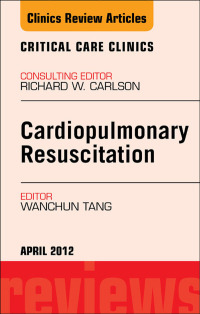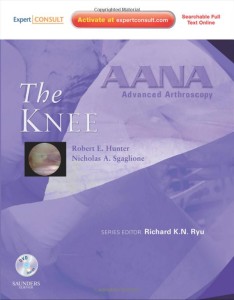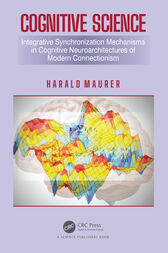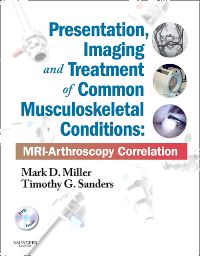-
×
 Cardiopulmonary Resuscitation, An Issue of Critical Care Clinics (Original PDF from Publisher)
1 × $0.9
Cardiopulmonary Resuscitation, An Issue of Critical Care Clinics (Original PDF from Publisher)
1 × $0.9 -
×
 Autoimmune Diagnostics (Original PDF from Publisher)
1 × $0.9
Autoimmune Diagnostics (Original PDF from Publisher)
1 × $0.9 -
×
 AANA Advanced Arthroscopy: The Knee (Original PDF from Publisher)
1 × $0.9
AANA Advanced Arthroscopy: The Knee (Original PDF from Publisher)
1 × $0.9 -
×
 Braunwald’s Heart Disease Review and Assessment, 9th Edition (Original PDF from Publisher)
1 × $0.9
Braunwald’s Heart Disease Review and Assessment, 9th Edition (Original PDF from Publisher)
1 × $0.9 -
×
 Textbook of Interventional Cardiology, 6th edition (Original PDF from Publisher)
1 × $0.9
Textbook of Interventional Cardiology, 6th edition (Original PDF from Publisher)
1 × $0.9 -
×
 Anesthesia Equipment: Principles and Applications, 2e (Original PDF from Publisher)
1 × $7.1
Anesthesia Equipment: Principles and Applications, 2e (Original PDF from Publisher)
1 × $7.1 -
×
 Atlas of Clinical Gross Anatomy, 2nd Edition (Original PDF from Publisher)
1 × $0.9
Atlas of Clinical Gross Anatomy, 2nd Edition (Original PDF from Publisher)
1 × $0.9 -
×
 Approach to Consultations for Patients with Liver Disease, An Issue of Clinics in Liver Disease (Original PDF from Publisher)
1 × $4.5
Approach to Consultations for Patients with Liver Disease, An Issue of Clinics in Liver Disease (Original PDF from Publisher)
1 × $4.5 -
×
 Atlas of Essential Procedures (Original PDF from Publisher)
1 × $4.0
Atlas of Essential Procedures (Original PDF from Publisher)
1 × $4.0 -
×
 Atlas of Clinical Gastrointestinal Endoscopy, 3rd Edition (Original PDF from Publisher)
1 × $9.4
Atlas of Clinical Gastrointestinal Endoscopy, 3rd Edition (Original PDF from Publisher)
1 × $9.4
The Mind and Brain are usually considered as one and the same nonlinear, complex dynamical system, in which information processing can be described with vector and tensor transformations and with attractors in multidimensional state spaces. Thus, an internal neurocognitive representation concept consists of a dynamical process which filters out statistical prototypes from the sensorial information in terms of coherent and adaptive n-dimensional vector fields. These prototypes serve as a basis for dynamic, probabilistic predictions or probabilistic hypotheses on prospective new data (see the recently introduced approach of “predictive coding” in neurophilosophy). Furthermore, the phenomenon of sensory and language cognition would thus be based on a multitude of self-regulatory complex dynamics of synchronous self-organization mechanisms, in other words, an emergent “flux equilibrium process” (“steady state”) of the total collective and coherent neural activity resulting from the oscillatory actions of neuronal assemblies. In perception it is shown how sensory object informations, like the object color or the object form, can be dynamically related together or can be integrated to a neurally based representation of this perceptual object by means of a synchronization mechanism (“feature binding”). In language processing it is shown how semantic concepts and syntactic roles can be dynamically related together or can be integrated to neurally based systematic and compositional connectionist representations by means of a synchronization mechanism (“variable binding”) solving the Fodor-Pylyshyn-Challenge. Since the systemtheoretical connectionism has succeeded in modeling the sensory objects in perception as well as systematic and compositional representations in language processing with this vector- and oscillation-based representation format, a new, convincing theory of neurocognition has been developed, which bridges the neuronal and the cognitive analysis level.
The book describes how elementary neuronal information is combined in perception and language, so it becomes clear how the brain processes this information to enable basic cognitive performance of the humans.
Product Details
- Publisher: CRC Press; July 8, 2021
- Language: English
- ISBN: 9780367638917
- ISBN: 9781351043519
- eText ISBN: 9781351043502


















Reviews
There are no reviews yet.